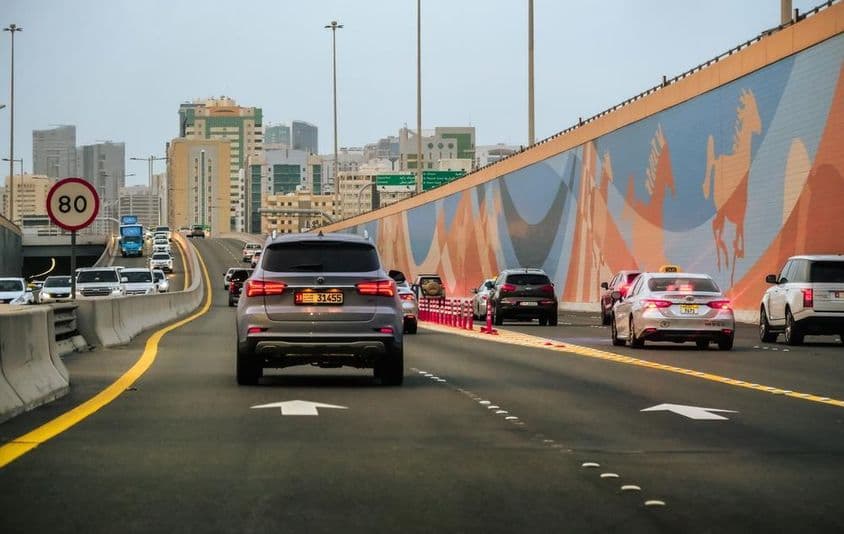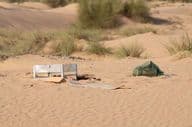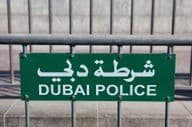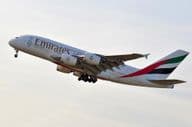Dubai's Traffic Transformation: Challenges and Successes

How Traffic Patterns Changed on Key Roads?
Dubai's transportation network is undergoing continuous development, with the latest changes including an expansion of the Salik toll gate system and the introduction of dynamic pricing. These measures aim not only to reduce traffic but also to improve air quality and decrease the number of accidents. However, the impact of these changes is not immediately noticeable, and city residents can already observe changes in traffic patterns, both positive and negative.
The Impact of Toll Gates and Dynamic Pricing
According to a professor from the Khalifa University's Department of Sustainable Urbanization, there is a strong correlation between the increase in toll gates, improved air quality, and fewer accidents. He emphasizes, however, that for toll gates to effectively reduce the number of cars on the roads, residents need to be offered good public transport alternatives. This process may take one or two decades before the change becomes noticeable in the city.
The dynamic pricing of the Salik system came into effect on January 31, 2024, where charges during peak morning and evening periods are 6 dirhams, while in off-peak hours, the fee is 4 dirhams. During the nighttime hours, from 1 AM to 6 AM, the crossing is free. On Sundays, except during holidays and special events, the fee is 4 dirhams all day.
Residents' Experiences
Thanks to dynamic pricing, some residents have already noticed positive changes. A resident who works in Dubai Media City and starts at 6 AM highlights that due to the changes, she can cross the toll gates for free as she reaches them before the peak time. "I'm very pleased with the changes as I can travel for free in one direction," she said.
However, for others, the changes have not only brought benefits. Another resident living in Karama mentioned that while traffic has become much smoother at the Safa and Barsha toll gates, allowing her to reach her destination on time, the cost of Salik has increased since the changes.
Traffic Distribution and Burden on Side Roads
The introduction of toll gates has not only resulted in smoother traffic. In some areas, such as around Dubai Creek Harbor, an increase in traffic has been observed as commuters try to avoid the Business Bay bridge toll gate.
Similarly, a resident living in Jumeirah 1 reported that on the first day of dynamic pricing, she was caught in more than an hour of congestion as many tried to avoid the Salik gates by using the Jumeirah roads. While the situation settled in a few days, traffic has remained denser than before.
The Role of Public Transport
Dubai is performing well in developing public transport, but further efforts are needed for people to rely less on private vehicles. "My team studied the public transport systems of seven GCC cities, and Dubai ranked second where nearly 78% of the population uses public transport," he said. The planned future metro lines perfectly align with the needs of the growing population.
However, he emphasized that further research is needed on people's travel habits. "We have no data on people's travel patterns. Many travel between two fixed points, while others take chain trips, such as going to work, picking up a child from school, and shopping. If their daily routine is built on a chain trip, they are less likely to choose public transport," he explained.
It is important that public transport hubs are accessible within 300-500 meters in busy areas. "We live in a hot country, and it's uncomfortable for people to walk long distances. If the public transport hub is only a seven-minute walk away, they are more likely to use it," he said. He cited the Creek and Al Fahidi areas as examples, where shaded areas and nearby public transport hubs positively influence residents' decisions.
The Future Outlook
In November 2024, the Roads and Transport Authority (RTA) introduced two new toll gates in Business Bay and Safa, increasing the number of gates to 10. The goal is to encourage the use of public transportation and distribute traffic to alternative routes such as Sheikh Mohammed bin Zayed Road, Dubai-Al Ain Road, Ras Al Khor Street, and Al Manama Street. Commuters are also encouraged to use alternative crossings, such as the Infinity Bridge or the Al Shindagha tunnel.
Overall, the introduction of Salik toll gates and dynamic pricing has already brought noticeable changes to traffic patterns in Dubai. However, the long-term impacts and the further development of public transportation will be crucial for the city to establish a more sustainable and livable transportation system.
If you find any errors on this page, please let us know via email.


